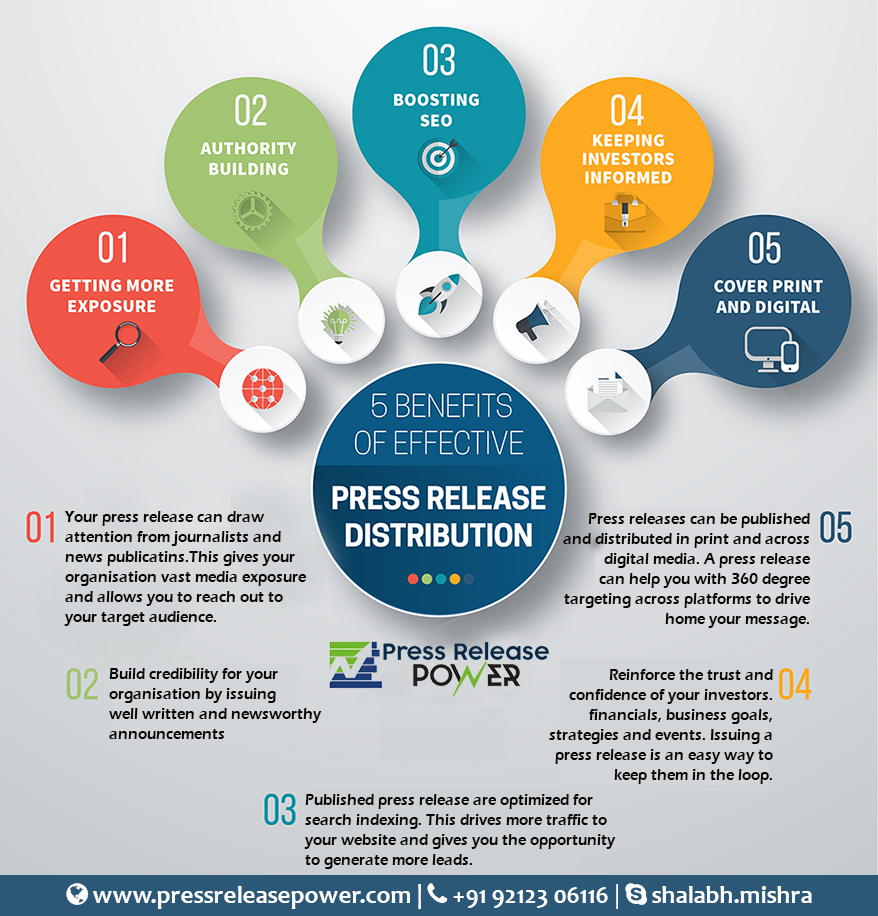Frequently Asked Questions (FAQ)
What is autonomous driving?
Autonomous driving refers to the capability of a vehicle to operate and control itself without human intervention. The technology uses sensors, cameras, radar, and artificial intelligence to navigate and make driving decisions.
What are the six levels of autonomous driving?
The six levels of autonomous driving, as defined by the Society of Automotive Engineers (SAE), range from Level 0 (no automation) to Level 5 (full automation). Each level represents a different degree of vehicle autonomy and driver involvement
- Level 0 No automation. The driver controls all aspects of the vehicle.
- Level 1 Driver assistance. The vehicle can assist with either steering or acceleration/braking, but not both simultaneously.
- Level 2 Partial automation. The vehicle can handle both steering and acceleration/braking but requires the driver to remain engaged.
- Level 3 Conditional automation. The vehicle can perform all driving tasks under certain conditions, but the driver must be ready to take over if needed.
- Level 4 High automation. The vehicle can operate autonomously within specific conditions without driver intervention.
- Level 5 Full automation. The vehicle can operate autonomously in all environments and conditions without any driver involvement.
How does Level 3 autonomous driving work?
At Level 3, the vehicle can handle all driving tasks within specific conditions, such as highway driving. The driver can perform other activities while the system manages driving. However, the driver must be ready to take over if the system requests intervention or if the conditions exceed its operational design domain.
Are autonomous vehicles safe?
Autonomous vehicles have the potential to enhance safety by reducing human errors such as distracted or impaired driving. However, safety depends on the reliability of the technology, including sensors, algorithms, and system integration. Continuous testing, updates, and improvements are crucial to ensure safety.
What are the benefits of autonomous driving?
Autonomous driving offers several benefits, including
- Increased Safety Reduced risk of accidents caused by human error.
- Efficiency Optimized driving patterns can lead to better fuel efficiency and reduced traffic congestion.
- Accessibility Enhanced mobility for individuals who are unable to drive.
- Environmental Impact Potential for lower emissions through optimized driving and support for electric vehicles.
What challenges do autonomous vehicles face?
Challenges for autonomous vehicles include
- Technological Reliability Ensuring the reliability and accuracy of sensors and algorithms.
- Legal and Insurance Issues Developing new legal frameworks and insurance models for autonomous vehicles.
- Public Acceptance Building trust and educating the public about autonomous driving technology.
- Infrastructure Requirements Adapting existing road infrastructure to support autonomous vehicles.
When will fully autonomous vehicles be available?
The timeline for fully autonomous vehicles (Level 5) varies depending on technological advancements, regulatory approvals, and testing outcomes. While some companies are testing autonomous vehicles and offering limited services, widespread availability may take several more years.
How do autonomous vehicles communicate with other vehicles and infrastructure?
Autonomous vehicles may use Vehicle-to-Everything (V2X) communication to interact with other vehicles, infrastructure, and traffic management systems. This communication helps enhance safety, coordinate traffic flow, and improve overall efficiency.
What impact will autonomous vehicles have on jobs?
Autonomous vehicles could lead to job displacement in industries reliant on driving, such as trucking and ride-sharing services. However, they may also create new opportunities in technology development, maintenance, and new transportation services.
Where can I learn more about autonomous driving?
For more information on autonomous driving and its different levels, refer to resources such as the PCMag article on autonomous driving levels and other reputable automotive and technology sources.























